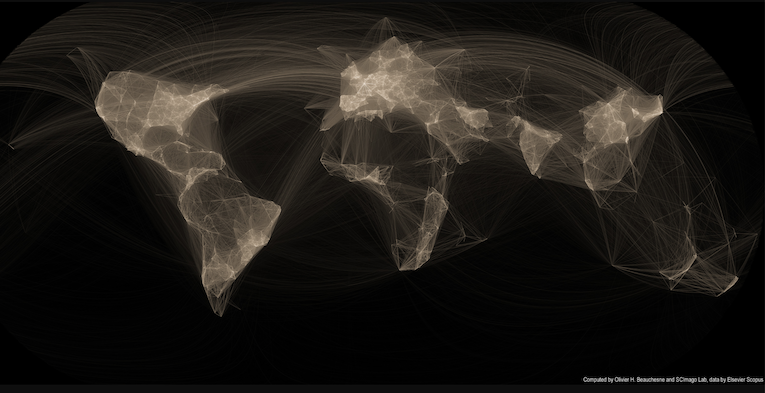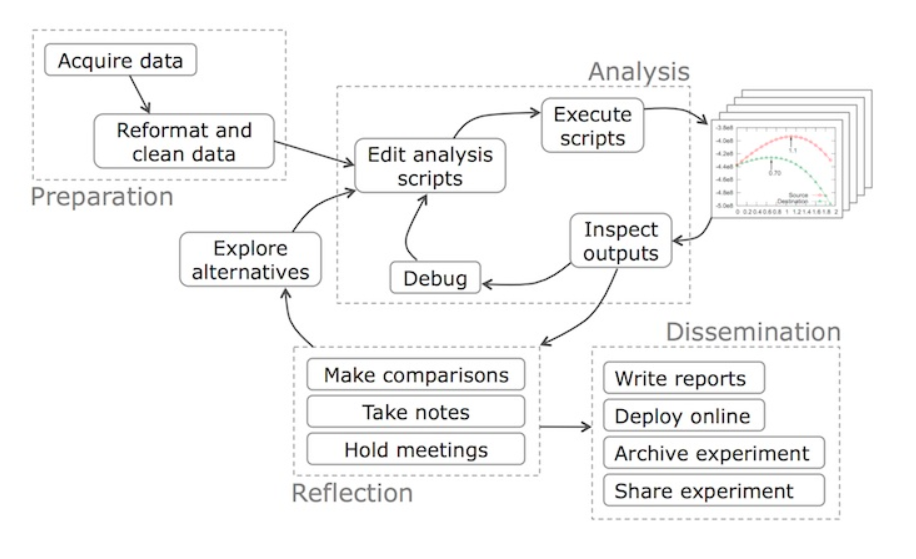Collaboration and teamwork in research
Reproducibility working in teams
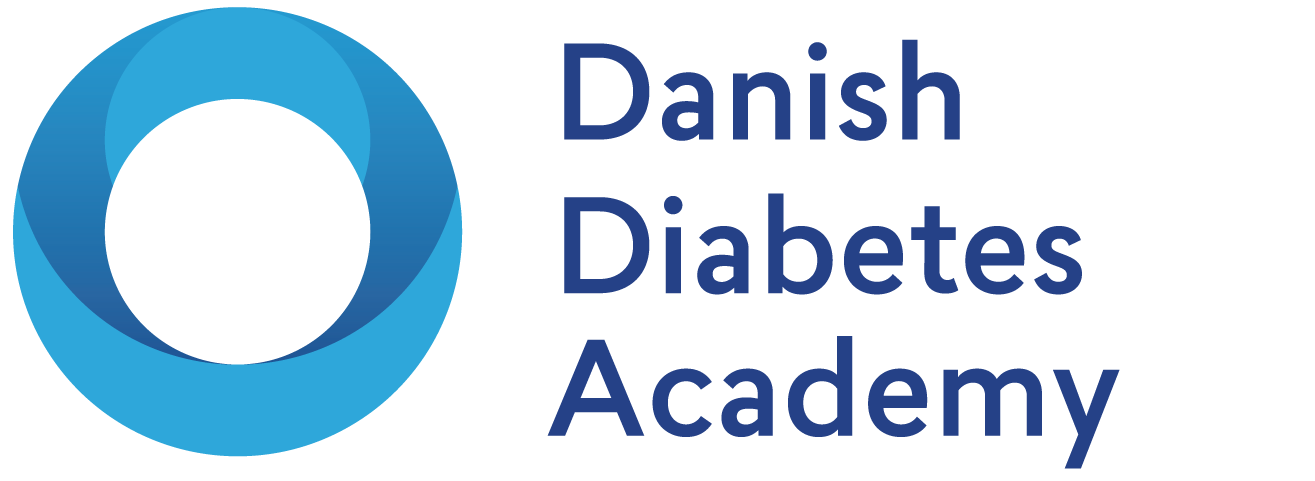
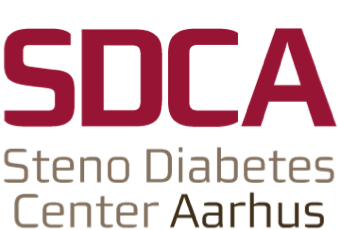

What is collaboration?
- Multiple people working on the same problem and exchanging ideas
- People pooling expertise, time and resources to achieve a common goal
For example:
- Two researchers jointly writing a paper
- Several labs working on a problem together
- Multi-site clinical studies in several countries



What is collaboration?
- Multiple people working on the same problem and exchanging ideas
- People pooling expertise, time and resources to achieve a common goal
For example:
- Two researchers jointly writing a paper
- Several labs working on a problem together
- Multi-site clinical studies in several countries
Collaboration can be organised at different levels:
- Individuals
- Departments
- Institutions
- Countries
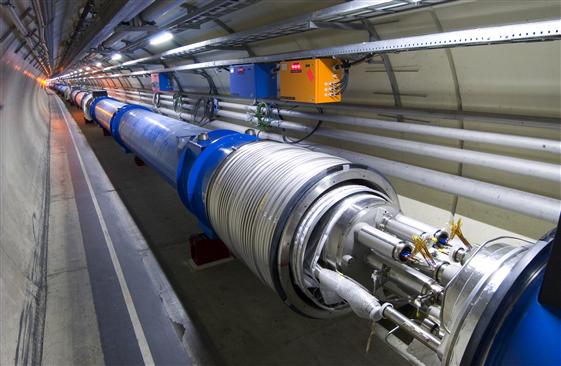



Why collaborate?
Sharing and discussing different perspectives and ideas leads to solutions more rapidly
Large undertakings require a joint effort: Many hands make light work
Teams with the best mix of competences
Access to specific material, equipment or know-how
Some projects need geographic distribution or capacity of parallel sites
Collaborations publish more and get more citations
Working together can be more motivating than solitary work



Collaboration in the research workflow
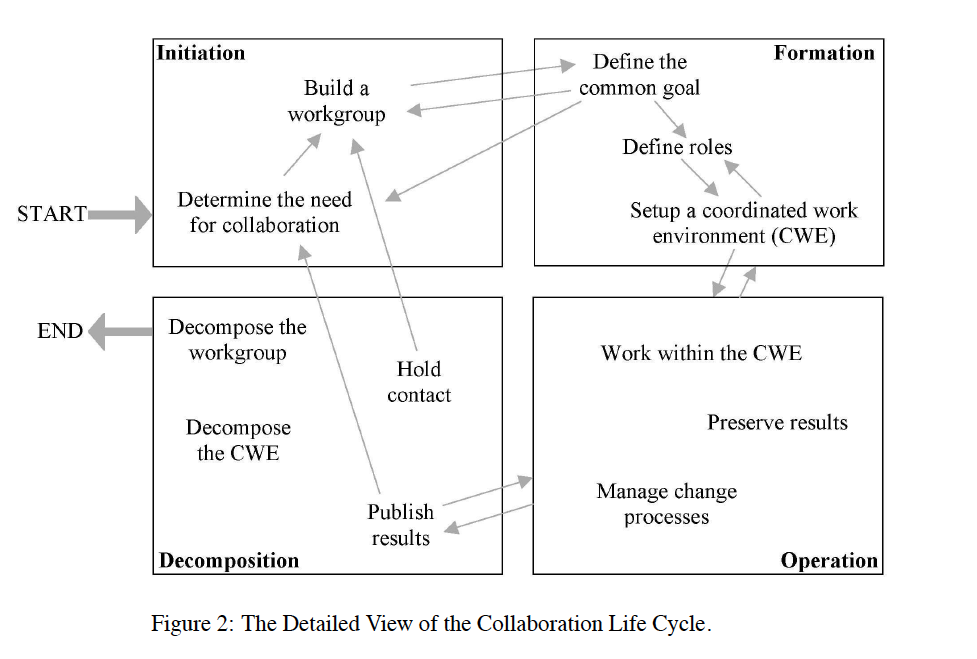
Tellioglu, Hilda. (2008). Collaboration life cycle. 357 - 366. 10.1109/CTS.2008.4543951. .



Collaboration is based on agreement
Agreement is needed on:
- Goals
- Participants, their roles and responsibilities
- Timing and deadlines
- Commitment of time and resources
- Expectations on quality
- Data sharing, ownership, access
- Intellectual property rights
- Publication of results and authorships



Collaboration is based on agreement
Agreement is needed on:
- Goals
- Participants, their roles and responsibilities
- Timing and deadlines
- Commitment of time and resources
- Expectations on quality
- Data sharing, ownership, access
- Intellectual property rights
- Publication of results and authorships
==> Need to communicate clearly about these issues
==> Need to clearly document agreements and expectations



Collaboration in the research workflow

Tellioglu, Hilda. (2008). Collaboration life cycle. 357 - 366. 10.1109/CTS.2008.4543951. .



Summary
- Collaboration is central to modern science
Enormous variation in scale and scope
Central point: efficient coordination
Central tools: good communication and structured documentation



